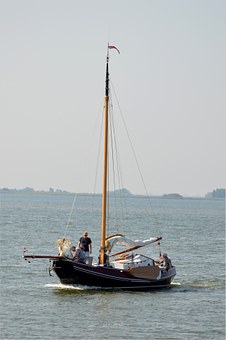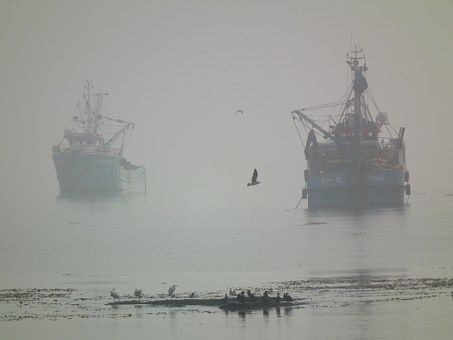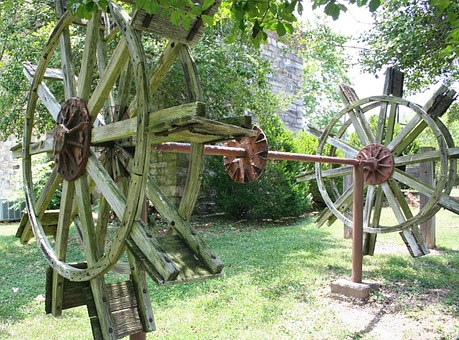Inflatable Boats Materials: Fabrics

Neoprene, PVC and Hypalon are coatings for inflatable boats for them to be air tight and waterproofed
. These chemicals have nothing to do in strengthening the inflatable boat itself. What makes the boat strong is its base fabric to which neoprene, PVC and Hypalon are bonded. The traditional materials were cotton and silk. However, synthetic fabrics- polyester and nylon- have displaced the traditional materials of silk and cotton. The differences between polyester and nylon are not as diverse as that between PVC and Hypalon though.Seasoned sailors are familiar with the characteristics of nylon and polyester because both are used as cordage on boats. Polyester is great for rigging where minimal stretch and durability even under the hot sun is needs. Nylon rope is favored as anchor rode, dinghy painter and as dock lines because it's very durable and has the ability to stretch to accommodate weight or absorb force. It can stretch to twice its normal length without losing its strength.
Nylon is quite photo-degradable though. A new and flexible dinghy painter can turn stiff and hard to manage when exposed to the harsh sun and salty water. Nylon's ability to stretch and its sensitivity to the sun render it useless as a material for sails. Polyester is better as it does not stretch and is quite resistant to the ultraviolet rays.
A large percentage of inflatable boats out in the market today are built with Dacron, a polyester fabric from DuPont. There are nylon-based inflatable boats too. Both fabrics have their pros and cons but it really does not matter what fabric is used except in the case of riverboats where the ability of nylon to stretch is highly favorable. What is important though is the weight of the fabric. What weight of the fabric?

Fabrics are weighed in terms of denier or decitex which is the actual weight in grams of a 9,000 meter to 10,000 meter long yarn from which the fabric was woven. No salesperson is expected to know this as this information is not just available. Denier is the industry standard of fabric measurement. An inflatable boat with a decitex of 900 to 1,300 or a denier of 800 to 1,200 or higher is expected on expensive models. The lower the denier or decitex, the cheaper the boat. Life rafts whether nylon or polyester are usually constructed of fabrics with 400-600 denier to make them easier to launch. Life rafts are preferably light to as they are to be used only during emergencies.
It follows that heavy fabrics make for durable boats. It also follows that the heavier the fabric, the heavier the boat will be. Boats with heavy fabrics have the tendency to wick in which air leaks from one end of the yarn in the interior chamber to the other end of the exterior chamber. The deflation is slow but rather annoying since your boat deflates when left inflated for quite a while. Heavy fabrics are prone to wicking because of the thicker yarns. Hypalon boats are more susceptible to wicking than PVC boats because the use of glue in Hypalon seams does not seal the ends of the yarn. This is where the thermo-welding used in PVC seams become highly important as the process seals the ends of yarns in fabrics used for inflatable boats.
Note that play boats are made from PVC or PVA without any fabric base. Most of these cheap variants are embossed and designed to make them resemble reinforce boat fabric. Check carefully as most of these PVC or PVA play boats are only made from sheet stock heat-welded at the seams. Some though are made of tougher PVC that they could actually stand some rough ride like the Sevylor kayaks. However most are only suitable for use in swimming pools and shallow water.

For more information about inflatable boats materials fabrics please visit:
http://inflatable-boats-kayaks-and-canoes.com/inflatable-boats-materials-fabrics/default.php
Inflatable Boats Materials: Fabrics
By: Alberto Inflatable Boats Colors Buying New Inflatable Boats Buying Used Inflatable Boats Boat Building Plans: Top 5 Tips To Consider Inflatable Pontoon Boats Your Trout Fishing Secret Weapon Enjoy Paris In A Boat The Oxford and Cambridge Boat Race – It's Fun History Choosing The Best Antifoulant Paint For Your Boat Moving Vehicles- Boat And Motorcycle Shipping Made Easier Adding a Unique Touch to Your Boat Building Designs Repo Auctions: Cheap Boats For Sale Find Repossessed Boats For Auction Near You Boat Rentals Austin: Planning Your Gateway to Texas?